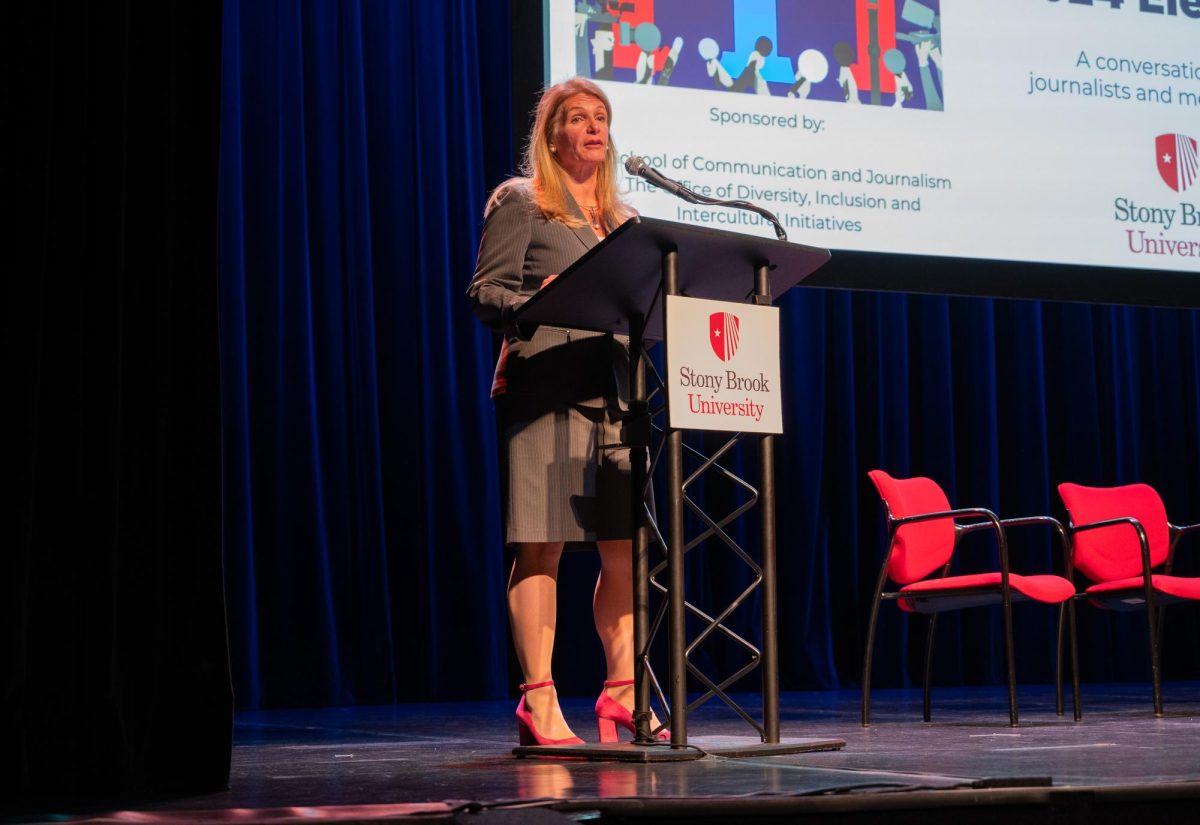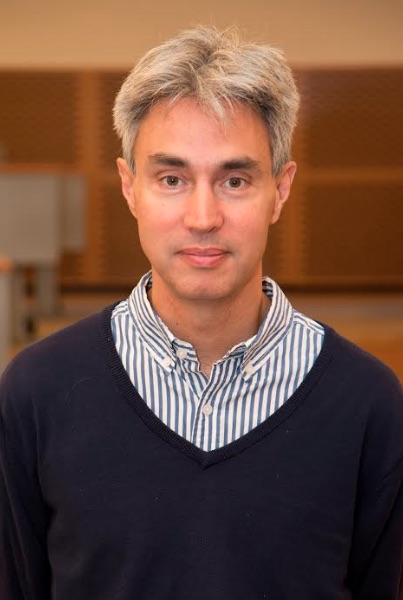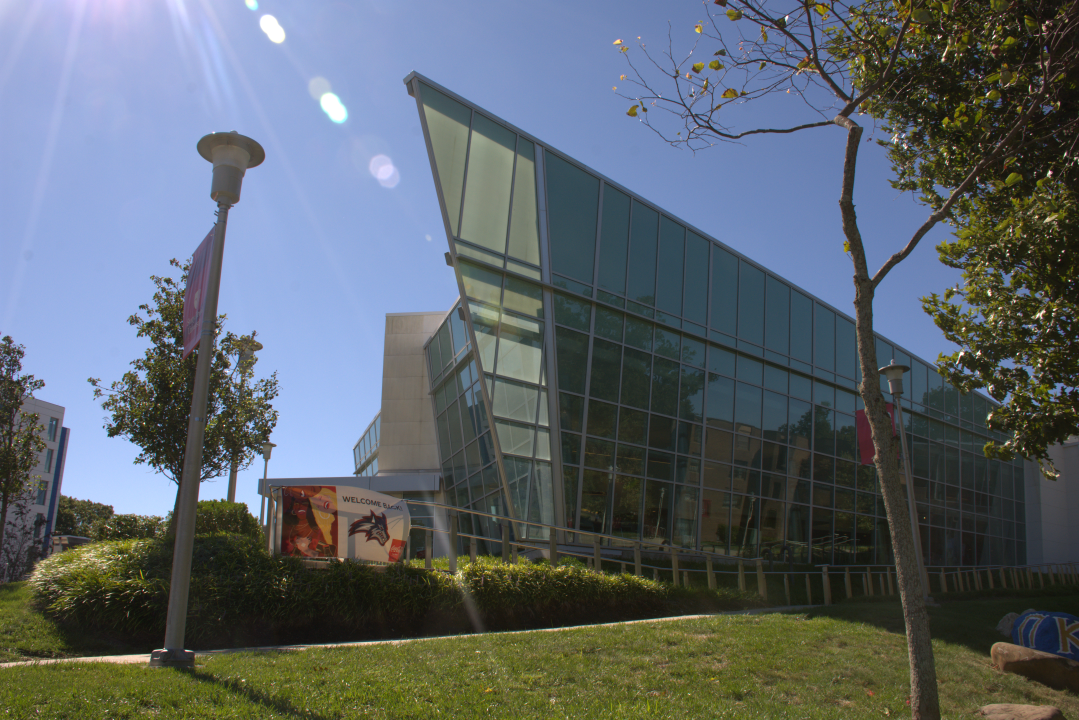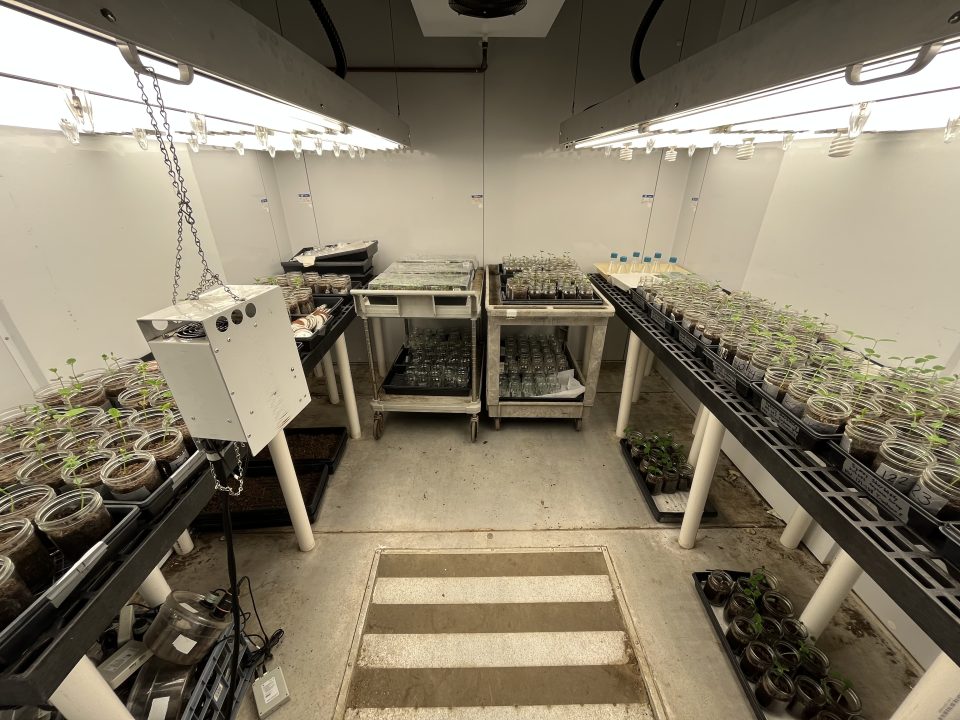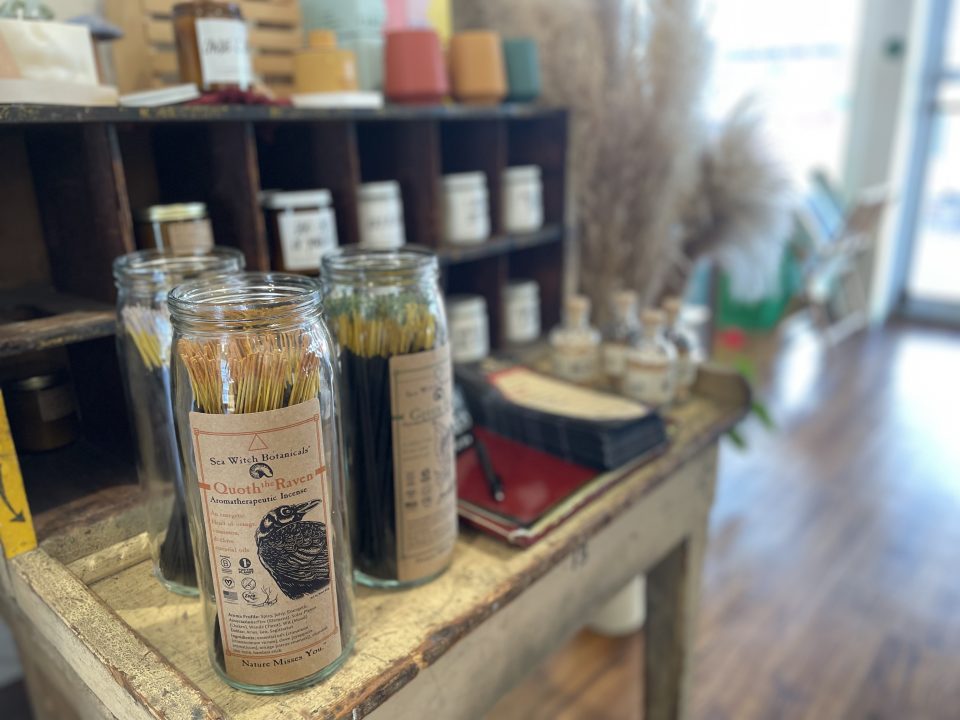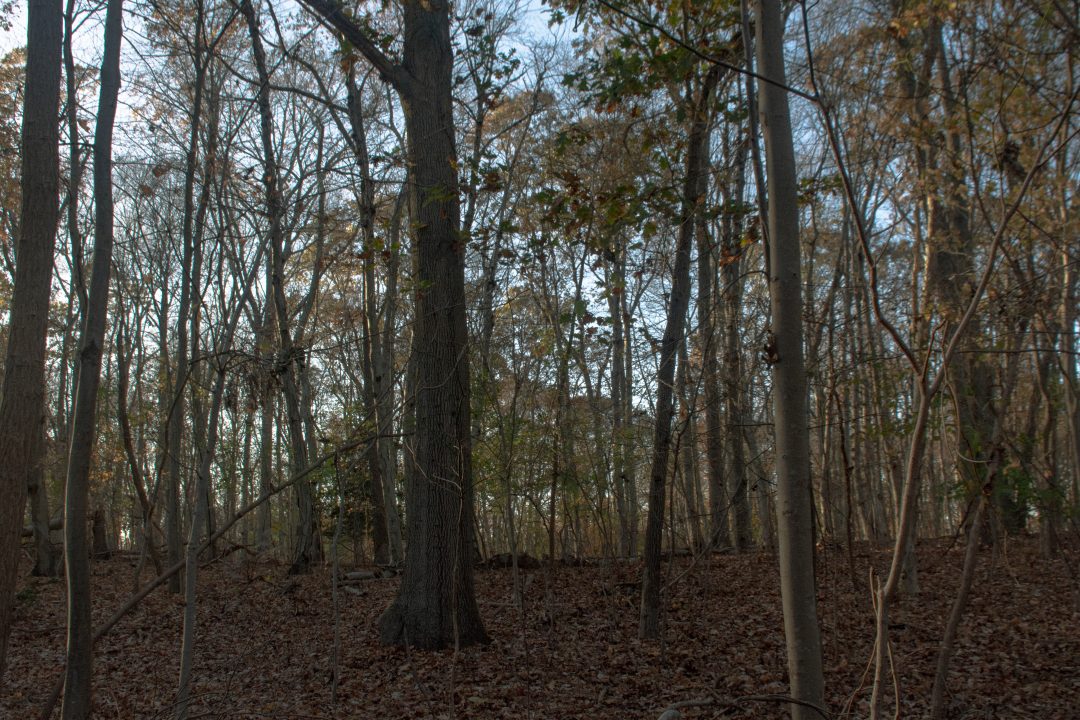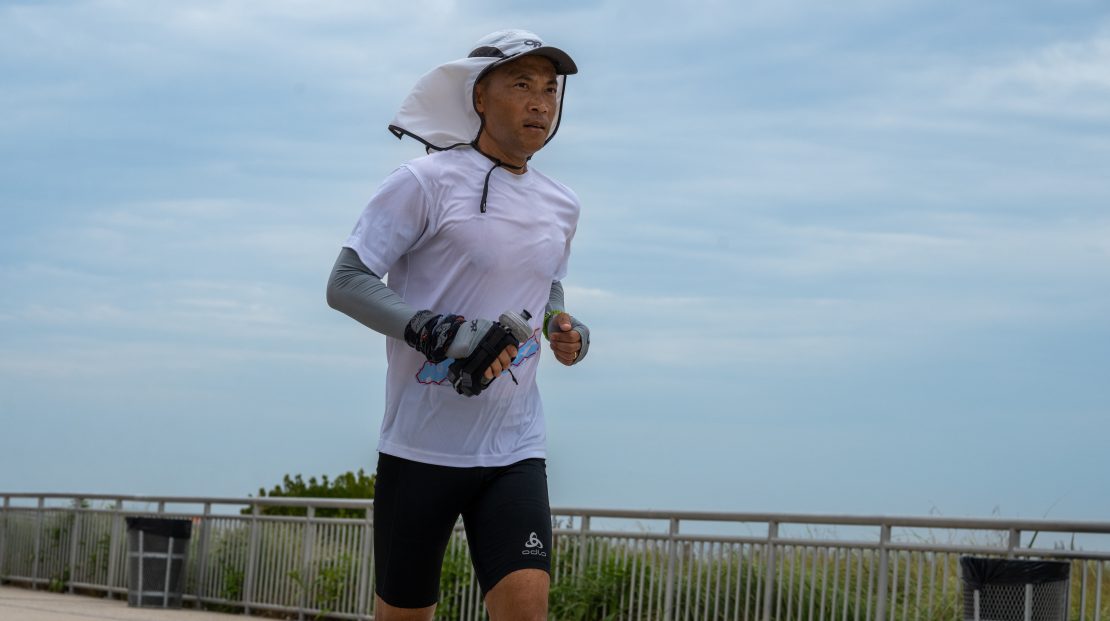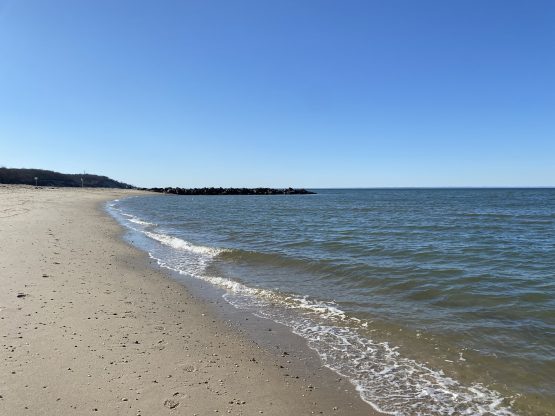
Scientists at Stony Brook University’s School of Marine and Atmospheric Sciences (SoMAS) are leading a study to measure the ability of farmed seaweed and shellfish to remove nitrogen, combat ocean acidification, improve water quality and benefit aquaculture in the Long Island Sound.
SoMAS’s research, conducted by the Gobler Laboratory within the school, is one of eight projects that have been awarded more than $2.8 million in federal funding through the Long Island Sound Study (LISS) Research Grant Program. Beginning this spring, the projects will span two years and examine various facets of water quality and ecosystem health in the Long Island Sound.
Michael Doall, the associate director for bivalve restoration at SoMAS, explained that the Long Island Sound has a long history of high nitrogen loads, particularly in urban areas closer to New York City. When too much nitrogen enters coastal waters, mainly from wastewater treatment plants, it causes algae to grow faster than the ecosystem can handle. This process is called eutrophication, and can lead to a number of water quality issues, such as harmful algal blooms and low oxygen levels.
Another pollutant of concern is carbon dioxide, which, when dissolved into water, reduces the ocean’s pH, causing acidification.
“Nitrogen and carbon are two of the biggest environmental problems we are facing,” Doall said. “Carbon in terms of global warming and nitrogen in terms of eutrophication of our estuaries.”
Doall explained that low or depleted oxygen levels in a water body, also known as hypoxia, can create dead zones where life can no longer be sustained. He added that harmful algal blooms block the light needed for aquatic plants to grow and important species such as eelgrass beds can die as a result.
The research will be studying two sustainable solutions to these dangers — shellfish and seaweeds.
“It’s important as scientists to quantify these benefits,” Doall said. “To measure how much nitrogen is sequestered and extracted, what are the impacts of ocean acidification and how can seaweeds help buffer them.”
Shellfish, also known as bivalves, filter nutrients such as nitrogen from the water by incorporating it into their cells and tissues as they grow. When the shellfish are harvested, nitrogen is extracted from the sound, revenue is made for a local farmer and food is put on someone’s table.
Oyster farming is a long established business on Long Island and the growing techniques have been tried and true. However, bivalves are now under a new threat from increasing ocean acidification.
According to the National Oceanic and Atmospheric Administration, the ocean absorbs about 30% of the carbon dioxide that is released in the atmosphere. Because of increased human-driven activities such as burning fossil fuels, more carbon dioxide from the atmosphere is being dissolved into the ocean.
“Acidification at really minute levels can be very harmful to small juvenile bivalves,” Doall said. “Shells are made of calcium carbonate and at early life stages, those small changes in pH can make shells dissolve.”
Ph.D. candidate Stephen Tomasetti has been working at the Gobler Lab for four years and will be assisting with the LISS research. His focus to date has primarily been on studying how changes in dissolved oxygen and pH can affect various economically important shellfish around New York state.
“Often, in history, hypoxia and acidification are studied as separate processes,” Tomasetti said. “But in our coastal region they are occurring together so animals are dealing with not only low oxygen but also low pH which creates a huge strain on their energy reserves.”
Seaweeds, such as kelp, are a sustainable solution to this problem.
Doall explained that when seaweeds undergo photosynthesis, they soak up carbon dioxide out of the water making them a crucial carbon sink. Seaweeds also have the ability to store nutrients such as nitrogen within their tissue, combatting not only the acidification, but eutrophication as well.
According to the World Bank, farming seaweeds in less than 5% of U.S. waters could absorb 10 million tons of nitrogen and 135 million tons of carbon.
Peter Sylvers, another Ph.D. candidate at the Gobler Lab, has been studying the interactions between seaweeds and harmful algal blooms.
Sylvers explained how growing seaweed has numerous theoretical benefits on bivalves. His recent research paper, that is currently under review, showed evidence that bivalves, co-cultivated with kelp, accumulate less toxin when exposed to harmful algal blooms.
“Seaweeds are really a three-fold benefit for bivalves,” he said. “It protects them from acidification, from anoxia which is when oxygen levels make it impossible for bivalves to breathe, and from harmful algal blooms.”
Gobler’s research team will study how farming seaweeds in proximity to bivalves can buffer acidification and improve shellfish growth, specifically for oysters and blue mussels.
They will mainly be studying two types of seaweed: sugar kelp and gracilaria. Sugar kelp, also known by its genus name saccharina, is a winter crop, while gracilaria is a red seaweed summer crop. They grow quickly, and like bivalves, require no fertilizer or feed to do so.
The seaweed will grow on 200 foot horizontal ropes, six feet under the water, while the mussels will grow on vertical ropes and oysters in cages laying on the bottom of the farm.
This innovative aquaculture concept of growing seaweed and shellfish in the same footprint is called “regenerative ocean farming” and was pioneered by the nonprofit GreenWave.
Over a decade ago, GreenWave launched the first shellfish and seaweed Community Supported Fishery (CSF) in the country, located in the Long Island Sound. Their model is to grow “vertically,” cultivating multiple crops in the water column, to produce a high yield with a small ecological footprint.
GreenWave has had a long running partnership with the Gobler Lab, working on a number of projects together in the past. Kendall Barbery, the programs director at GreenWave, is “excited” that the Gobler Lab is working to acquire localized data on the benefits of growing kelp.
“We don’t have a lot of information looking at kelp cultivation alongside shellfish in this region,” Barbery said. “I think the more data we have, the more potential doors this could open for farmers to understand the full ecosystem services of their farms.”
For Gobler Lab’s LISS project, Sylvers and Tomasetti will be running “mapping cruises” from late winter into spring, once a month, around different seaweed farms in the Great South Bay and the Long Island Sound. They will use a “flow-through system” to pump water through different sensors to monitor carbon dioxide, dissolved oxygen, chlorophyll, temperature and salinity.
“Our main purpose is to collect data so we can look at how the kelp is affecting the water quality in and around seaweed farms,” Sylvers said.
One of the seaweed farms they will be studying is GreenWave’s Thimble Island Farm.
“I think that there’s a lot of value in this research so I’m excited to participate in it and I’m thrilled that GreenWave is able to dedicate our farm to take part,” Barbery said.
On Long Island, marine aquaculture is a one crop industry of just oysters. Doall said he hopes their research will help to diversify the industry with other regenerative crops like seaweeds.
“Crop diversification provides more stability for the farms because if there is a species specific event with oysters, it can decimate a farm,” he said. “We just saw this happen with COVID. With restaurants closing it has really hurt the oyster industry a lot.”
He explained that harvesting kelp which can be used for food, bioplastics and agricultural products can provide an added revenue stream for farmers. Growing kelp also allows farmers to divert their labor and resources from oysters in the summer to kelp in the winter, allowing for year-round employees.
“Often you are handed a dichotomy of choices — jobs or the environment,” Doall said. “This is a big political debate right now, but with restorative aquacultures you can choose jobs and the environment.”
Sylvers added that at the end of Gobler’s LISS project, they will be producing a document to share with farmers, hoping to detail the best practices on how to integrate kelp into their farms in ways that positively affect their bivalves.







